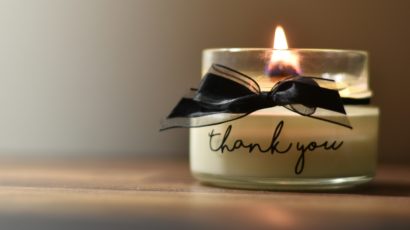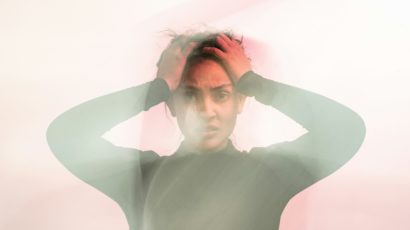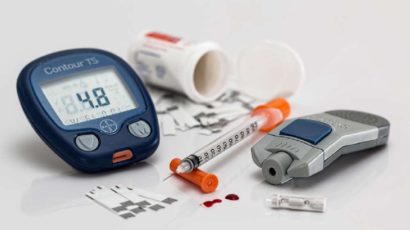Posted by Dr Michelle Wright
Welcome to Health Matters: Dr Michelle Wright with you as usual, today looking at first aid for burns.
Every year, ILCOR – the International Liaison Committee on Resuscitation publishes their updated recommendations, based on the latest research findings, and these include International Consensus on First Aid Science with Treatment Recommendations. Then, resuscitation councils throughout the world issue their own guidelines, or changes to their guidelines, based on these.
In 2020, updates included how to provide first aid for thermal burn injuries.
From my experience, with burns, when it comes to first aid, following the latest evidence-based guidelines can make all the difference and can reduce the long-term impact of the injury.
What are the latest guidelines for treating burns?
The most important thing is to immediately start to cool a burn using cool or cold (not freezing) running water. And continue this cooling for at least 20 minutes.
It is best to cool the skin immediately, but cooling can still be beneficial up to 3 hours later.
When cooling, take care to cool just the area of the body that has been burnt, to avoid hypothermia. Keep the rest of the person warm – especially for children.
Whilst cooling is ongoing, remove any clothing and jewellery in the area of the body that has been burnt. Clothing can trap heat and make cooling less effective, and skin and digits can swell, making things like rings difficult to remove once swelling has set in.
But be careful not to remove anything that is stuck to the skin. Just continue to cool the area if this is the case.
How should you cover and protect a burn?
Once cooling is complete, you can cover the burn, making sure that you use a dressing that isn’t going to stick to the skin.
A really good trick here is to use cling film, or cling wrap. Most of us have this in the kitchen – keep a roll with your First Aid Kit too. Discard the first one or two turns of the film and then lay it on top of the burn, taking care not to wrap it tightly around a limb or digit.
When should you seek medical help?
For severe burns, or if a person has inhaled smoke or fumes, make sure that you call an ambulance using 144 in Switzerland.
After first aid has been applied, it’s often tempting to try to treat burns at home, but you should have a low threshold for seeking medical advice, particularly with children and the elderly.
When it comes to estimating the severity of a burn, any burn larger than the palm of the person’s hand (including their fingers) usually needs medical assessment. The palm represents around 1% of the total surface area of the person’s skin.
If a person has burns to their hands, feet, face, or genitalia, then they also need medical assessment – generally a visit to the nearest accident emergency department.
And full thickness burns – where the burn has gone through the outer layer of skin (the epidermis), the inner layer of skin (the dermis) and then into the layer of fat underneath the skin – also need medical attention.
In full thickness burns, the person’s skin can sometimes look charred, or even pale and waxy depending on the mechanism of burn injury. Because nerve endings have been damaged as well, full thickness burns may not cause any pain for the casualty, so this can be deceptive.
So, what should you remember?
To summarize, the first aid for burns includes:
- Cooling the area with cool or cold running water for at least 20 minutes.
- Removing any clothing or jewellery – unless it is stuck to the skin.
- Covering the burn with cling film, or a non-adhesive dressing.
- And then seeking appropriate medical assistance.





